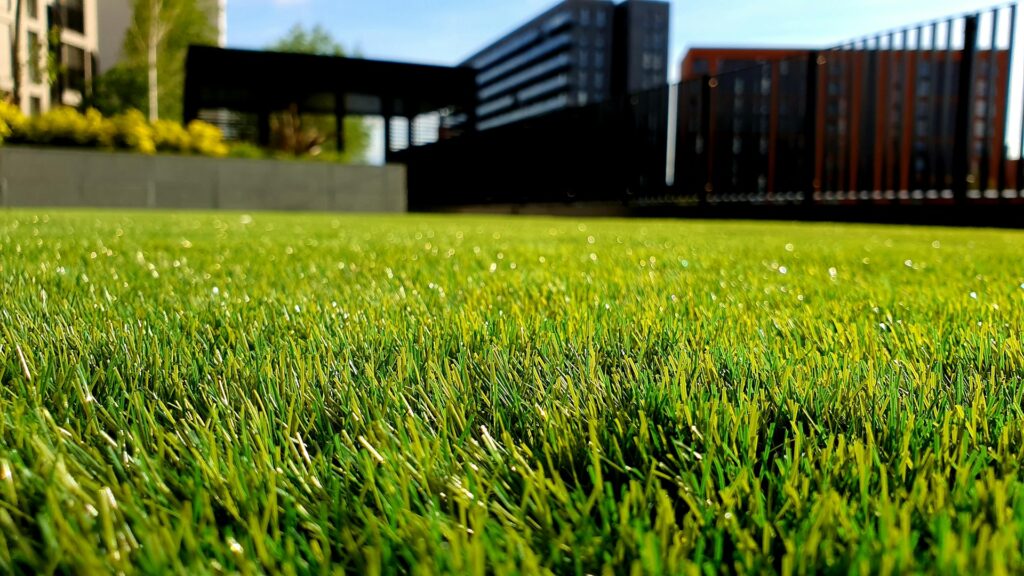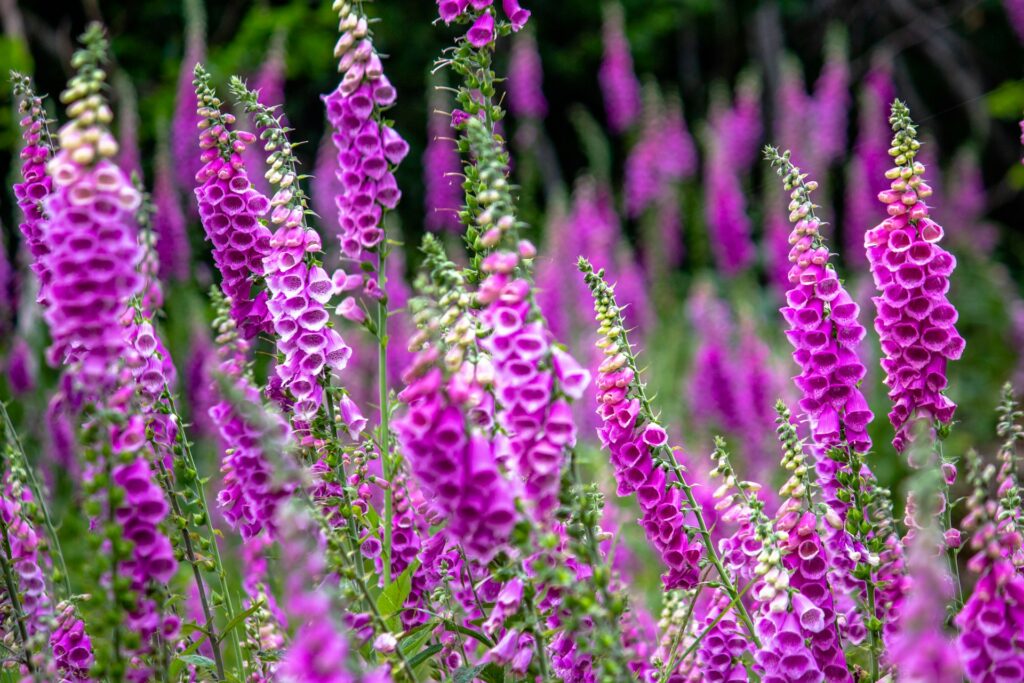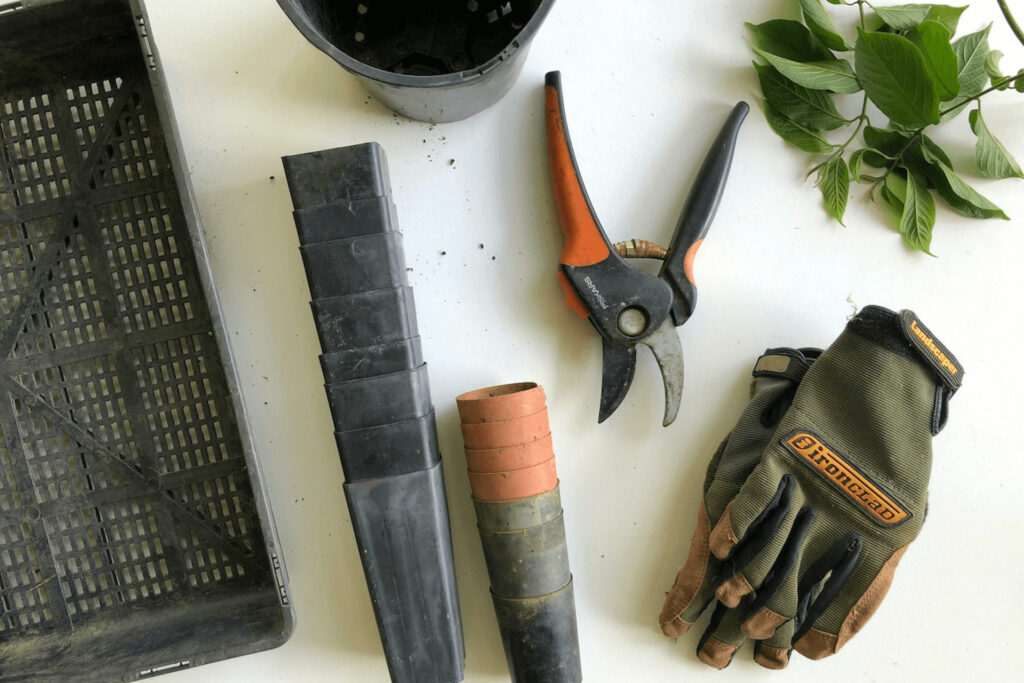
We are reader-supported. When you buy through links on our site, we may earn an affiliate commission.
It may have been your New Year’s goal to educate yourself on caring for a houseplant plant. Having live greenery in the home provides numerous benefits, with many plant owners developing connections to their flora, much like people do to pets. One of the easiest plants for beginners is the delightfully low-maintenance spider plant. Learn how to care for spider plants, notice telltale signs of problems and even replicate them to have more plant children throughout the home.
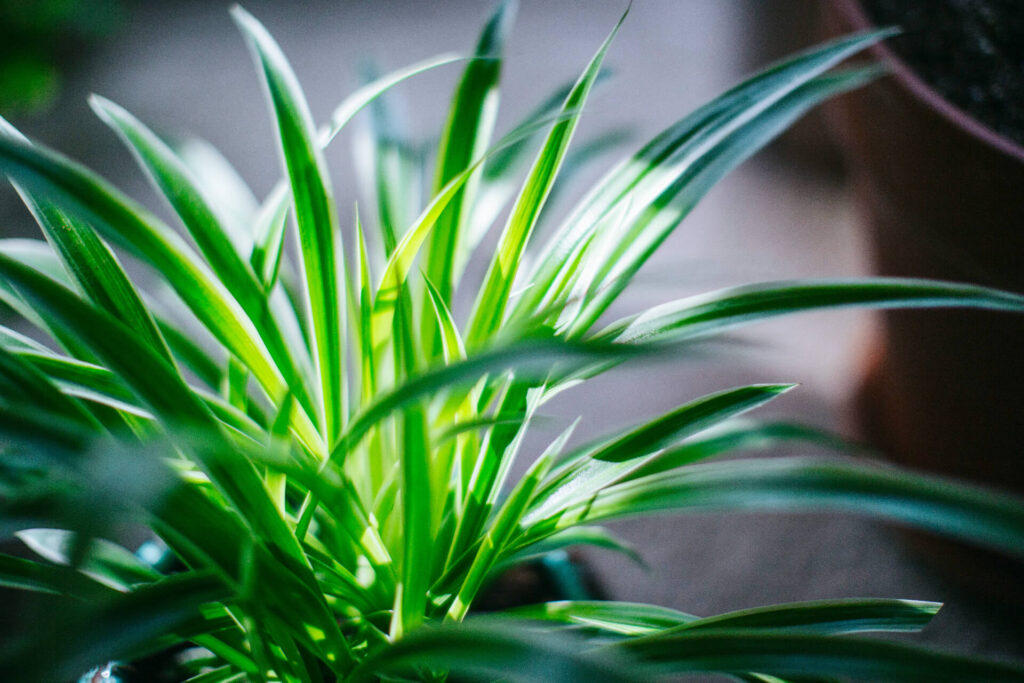
Quick Introduction to Spider Plants
Want to know how to care for spider plants? You’ll need a little bit of introductory info to get you started. The botanical name is Chlorophytum comosum, and it is a common houseplant. They produce long green and white striped, variegated leaves that erupt from a central point like arched plumes.
They can go in almost any location, whether atop a high shelf or on a kitchen countertop, dangling elegantly from the edge to add a bit of flair to any corner. You can even put it outside, depending on the climate. Lucky for pet owners, they are non-toxic to cats and dogs.
They are not finicky when it comes to sun exposure and soil acidity. Shady and partial light conditions are acceptable for this loving plant, just so long as they are not in completely direct light. The more light the spider plant receives, the bolder and more defined the stripes will be.
Additionally, neutral pHs satisfy gradual growth. So long as the temperature and humidity are not extreme, spider plants are fine. Recommendations suggest anywhere between 60–80° F, which most homes should rest within. They bloom in all seasons except for winter. In summer, small white flowers called pups or spiderettes pop up.
Spider plants have seen an increased interest in recent years because of a heightened curiosity about how houseplants impact air quality. These leaves are known for their air-purifying qualities, improving the IAQ of homes and businesses. Research on this is still being performed.
How to Care for Indoor Spider Plants
Do you feel you know enough to care for an indoor plant? Let’s get into the nitty-gritty details to set you up for success.
Planting and Potting
Spider plants work best in terracotta pots with a drainage hole so it doesn’t hold onto too much water. Standing water can damage the plant. A potting mix that supports drainage will work to keep the proper levels of moisture. Because they grow so quickly, you will need to repot potentially every other year.
Caring for Your Spider Plant
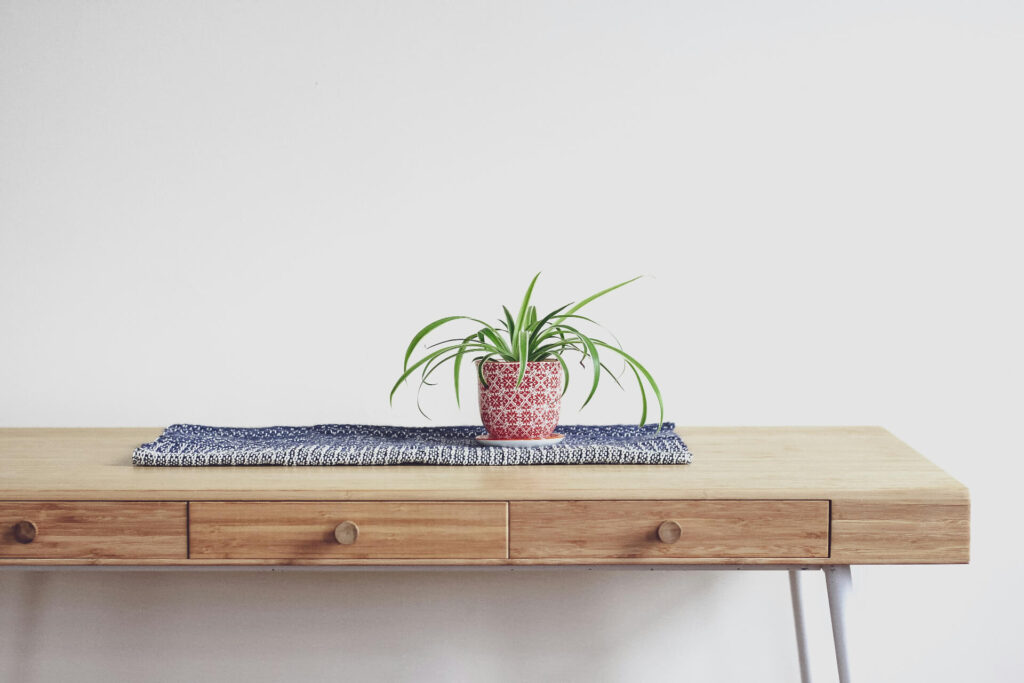
Use your finger or a soil thermometer to regularly check the moisture levels in the pot. Give the plant a drink if over half of the soil is dry. You can also tell if the leaves are more dehydrated than usual or have a delicate appearance. You should only need to water it once a week and even less so during the colder months.
To ensure no minerals impact the soil to any extremes, use distilled and purified water when watering. If too much water pooling is at the bottom, drain it slightly to prevent waterlogging.
The most crucial advice for spider plant care is not to have a heavy hand. Spider plants don’t need a lot of attention, and providing too much might overwhelm them. You don’t even need to prune it if you don’t want to. If you see brown tips, feel free to trim them.
Fertilizer
Spider plants don’t need fertilizer often, and if you’re gifted, you might be OK not fertilizing. However, if you choose to do so, a general fertilizer once a month is adequate. Doing this during warmer months is even more necessary.
Solving Common Problems
Does your plant look a little sick? Are they losing or changing color or not producing like they should? These common problems are solvable if you take action as soon as possible.
Pests
You may notice unwanted critters wandering around on the leaves or gnawing small bites into the leaves. Here is what you might encounter:
- Scale bugs
- Aphids
- Mealybugs
Don’t fret — this is expected. It is possible to eliminate them with home remedies, store-bought pest sprays, or insecticidal soap. Warm water, vinegar and rubbing alcohol are standard solutions to wipe and wash down the leaves to get rid of infestations.
Stunted Growth
Is your spider plant refusing to make spiderettes? There are a few reasons your spider plant’s growth might stop. It could be receiving inadequate or too much light, starting to become rootbound, or becoming infested with bugs. Remedying stunted growth requires finding the root cause first before taking action.
Scorch marks are a sign of too much sun. Relocating it to a less harsh spot will let the leaves heal in time. If the spider plant is wilting or losing vibrancy, do the opposite. Then, it will develop the strength to produce buds.
Brown Leaves
Brown leaves are a byproduct of over- or underwatering or too many minerals causing the soil acidity to go off. Test the soil’s moisture. Pull back on watering if it’s too wet, and attempt to drain the pot as much as possible. Let it dry for awhile. Adversely, water gradually if the air or soil is dry. Give it time to recuperate, or place it near a humidifier.
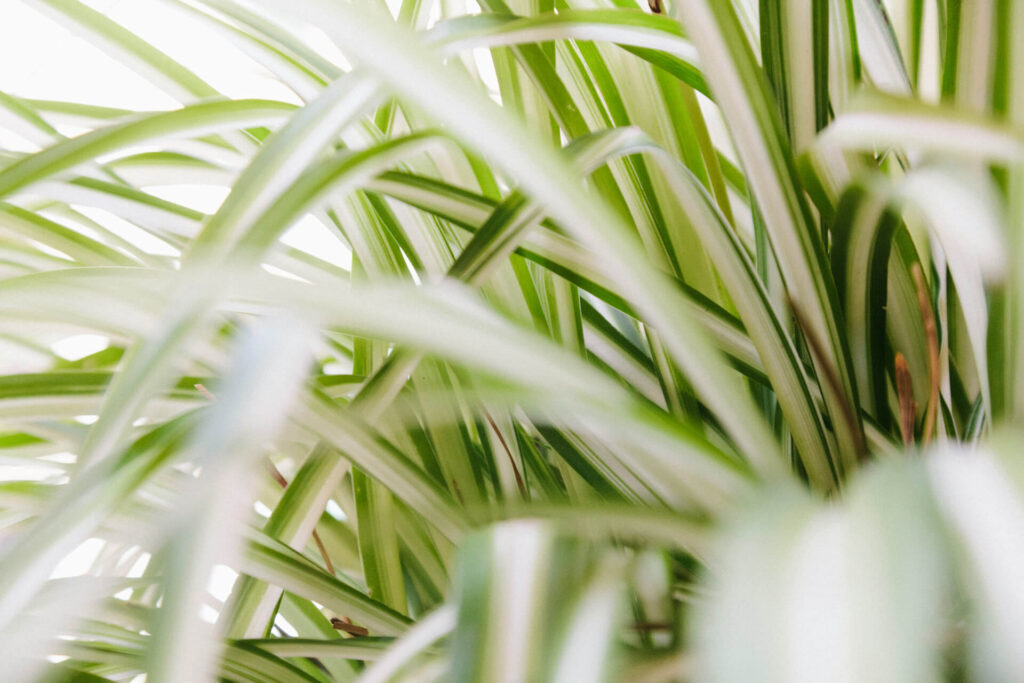
Propagating Spider Plants
You may have never heard of this term if you’ve never had a houseplant before. Propagation refers to trimming parts of a plant and producing babies from them. The process is tricky for some pickier plants, but it is reasonably simple for spider plants. Follow these steps:
- Find spiderettes while paying attention to brown ends that signify the beginning of root formulation. Plant around the parent plant. No need to trim yet.
- Plant the pups from the shoots in a damp potting mix.
- Wait around two to three weeks for the plant to take root.
- Trim as desired.
How to Care for Spider Plants No Matter Your Green Thumb
You don’t have to be a master gardener to learn how to tend to spider plants. All you have to do is be willing to learn and provide an environment in which it will flourish — which isn’t difficult. Spider plants are remarkably resilient as an introduction to building a plant-care habit. Problems are fixable, propagating isn’t complex, and getting used to a new habit will be as easy as watching its leaves grow.



